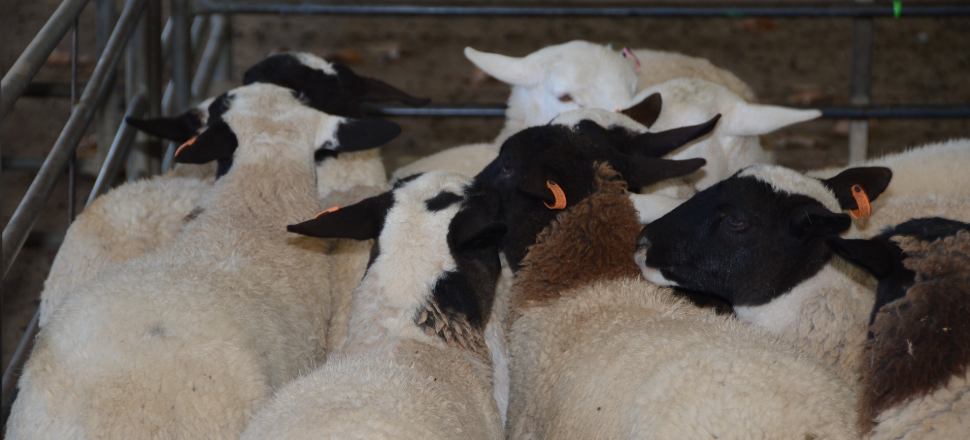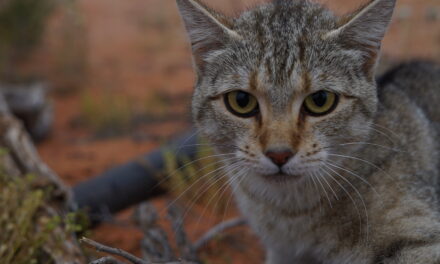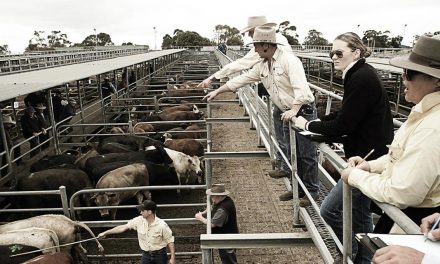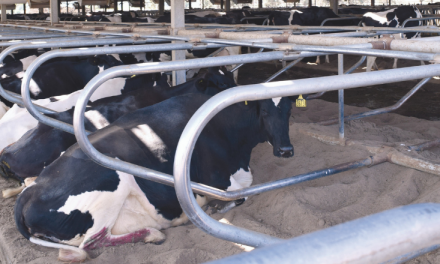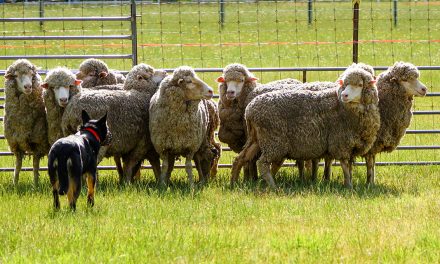After a modest 0.4 per cent increase in June, resilient cattle and lamb prices have offset a mixed winter crop outlook to see the National Australia Bank (NAB) Rural Commodities Index remain flat in July.
Released today, the NAB Rural Commodities Wrap reports Australian agricultural commodity prices continue to perform well, with cattle and lamb the main standouts.
NAB Agribusiness Economist, Phin Ziebell, said despite strength in the cattle market, seasonal conditions remain an ongoing cause of volatility and the future trajectory of the Eastern Young Cattle Indicator (EYCI) depends largely on rain in the eastern states.
“The EYCI is sitting just below 530c/kg, reflective of improved conditions in certain regions and strong processor demand,” Mr Ziebell said.
“While premiums for finished and southern cattle remain, poor conditions further north are ultimately a brake on prices and we don’t expect much upside for the EYCI unless New South Wales and Queensland see some good rain.”
Lot feeding cattle continues at an elevated rate, with over 1.1 million head on feed. Containment feeding of lambs is also expanding, which may see traditional seasonal factors become less influential over time.
“Lamb prices remain very high despite a retreat from last month’s record, and the hot trade lamb price is driving growth in containment feeding,” Mr Ziebell said.
“Looking ahead, we are cautious as to whether lamb prices will remain at these levels, with the traditional spring flush looming.
“Wool prices have dropped recently, and any further escalation of US-China trade tensions remains a key risk for the wool sector.”
A strong, late break in Western Australia, Victoria and South Australia has led to good winter crop condition reports, with the latest ABARES crop outlook reporting a slightly improved wheat volume of 21.2 million tonnes.
“NAB’s wheat crop assessment remains on hold this month, at 20.4 million tonnes. While there’s a good chance the crop will exceed this figure, the dry outlook is concerning and ultimately some spring rain is needed,” Mr Ziebell said.
“The Bureau of Meteorology’s three-month rainfall outlook points to below average rainfall for most of the country. That said, September’s forecast looks kinder for the southern regions which may give winter crops there enough rain to produce average yields.”
Domestic feed prices rose 4.5 per cent in July, and overall the NAB weighted feed grain price index is at $304/t, having peaked at $386/t in October 2018.
“Another challenging season in eastern states combined with high lamb prices justifying widespread supplementary feeding, means eastern Australia will likely face another season of grain imports from Western Australia and overseas. We anticipate demand and feed prices will remain high well into 2020,” Mr Ziebell said.
NAB has cut its AUD forecast substantially due to strength in the US dollar, ongoing US-China trade tensions, and interest rate cuts by the Reserve Bank of Australia.
“We have cut our AUD forecast from USD 0.74 in Q1 2020, and now see it bottoming out at USD 0.66. While this is generally good for Australian agricultural exporters, the lower AUD will see higher fuel and fertiliser prices,” Mr Ziebell said.
“Global Dairy Trade auction results remain negative in USD terms, however the lower AUD should support processors stuck between keeping farmgate prices high enough for milkflow and the value of product in world markets.”
On a state-by-state basis, Queensland was the best performer on the Index in July, recording a 1.8 per cent increase on the back of improvements in the cattle market, while NSW and Victoria gained 1.6 and 0.1 per cent respectively. Tasmania, South Australia and Western Australia were all lower, down 0.6, 1.0 and 1.6 per cent respectively.

